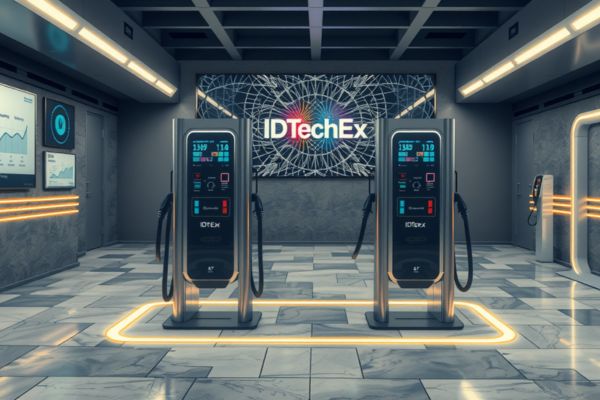Battery electric cars are the biggest end source for batteries, with over 14.4 million BEV (battery electric vehicle) and PHEV (plug-in hybrid electric vehicle) car sales in 2023. IDTechEx’s reports, “Plug-in Hybrid and Battery Electric Cars 2025-2045: Technologies, Players, Regulations, Market Forecasts” and “Charging Infrastructure for Electric Vehicles and Fleets 2025-2035: Markets, Technologies, and Forecasts” cover the latest market developments within the EV sector, from vehicle uptake to charging innovations.
While EV market growth has slowed down, particularly in Europe and the US since 2023, China has maintained uptake and is currently the largest single market for EVs in the world. The new energy vehicle (NEV) market in China sees PHEV cars driving this strong growth in the future, with the market share for PHEVs having nearly doubled from 2023 to H1 2024.
Challenges and predictions
Europe and the US’s diminishing numbers can be attributed to various challenges within the market, including high costs and low resale values when purchasing an EV, lack of available charging infrastructure, and hybrid vehicle favorability. While IDTechEx expects these barriers to remain short-term, the long-term outlook is positive.
From 2025, IDTechEx forecasts that there will be an increase in the availability of lower-cost EV models, allowing for their emergence into the mass market, and reaching a wider consumer base where more people may be able to afford to switch to electric. Part of this may be down to both battery and production costs becoming steadier and more reliable, leading to overall vehicle costs decreasing and EVs becoming more enticing.
Charging infrastructure is also growing, with almost four million public charging stations worldwide in 2023, and 219 million estimated to be needed by 2035 to support vehicle uptake, according to IDTechEx’s charging infrastructure report. Their research also predicts that BEVs will soon overtake the current leaning towards PHEVs as prices decrease, charging stations become more widespread, and sustainability and CO2 restrictions continue to be on the rise.
OEMs in Europe will also need to increase their EV shares over the next decade, meaning any inclinations to continue producing higher-end EVs for greater profit will be outweighed by requirements to meet CO2 reductions. However, the opposite is true in China where consumer demand for vehicles is greater than any need for enforced regulation.
An overview of the EV charging market
The Chinese EV market also leads in public charging deployment, with 72% of all public charging stations existing in China, standing at 2.7million in 2023, followed by 19% of all charging stations in Europe.
The EV charging market is starting to shift towards DC charging, as it demonstrates better reliability than AC and is capable of better communication. Charge point operators can also earn more from DCs as they could be more profitable. Power conversion modules convert AC power from the grid into DC power to charge EV batteries, with all power modules designed to be modular, allowing for multiple units to be connected for a higher output and faster charging.
Power modules are at the center of every DC fast charger, with current 15kW modules starting to be replaced by 20 and 30kW versions, and efficiency at full load starting to move to 95%.
IDTechEx describes energy density as being the most important metric to consider with charging stations. By doubling the power output at the same size/volume, significant cost savings could be seen, and a higher system efficiency may also lead to lower losses. Despite China being home to most charging stations, these commonly support vehicles with smaller batteries, so may not be as powerful as would be required within Europe and the US.
















